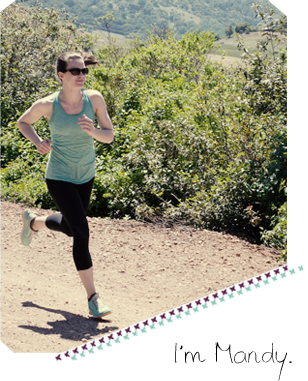Top 10 Most Sustainable Schools
The Sierra Club came out with its yearly rankings of what they have determined are the top 10 most sustainable schools. Included in the list are schools like Santa Clara University’s neighbor Stanford, Duke, and UC Davis. Although none of them are SCU, it goes to show that schools across the nation are making an effort to become more sustainable.
UC Irvine made the list for their extracurricular environmental groups, its recycling rate of more than 70 percent of their trash, and hydration stations to reduce bottled-water waste. Yale is aiming to reduce its carbon dioxide emissions 43 percent by 2020.
What the list doesn’t show is the hundreds, if not thousands, of schools that are hosting similar programs and aiming for the same goals. A great deal of innovation and movement toward more sustainable living comes out of colleges across the world.
To check out what other schools are doing and get some ideas for your own, see the full list.

















